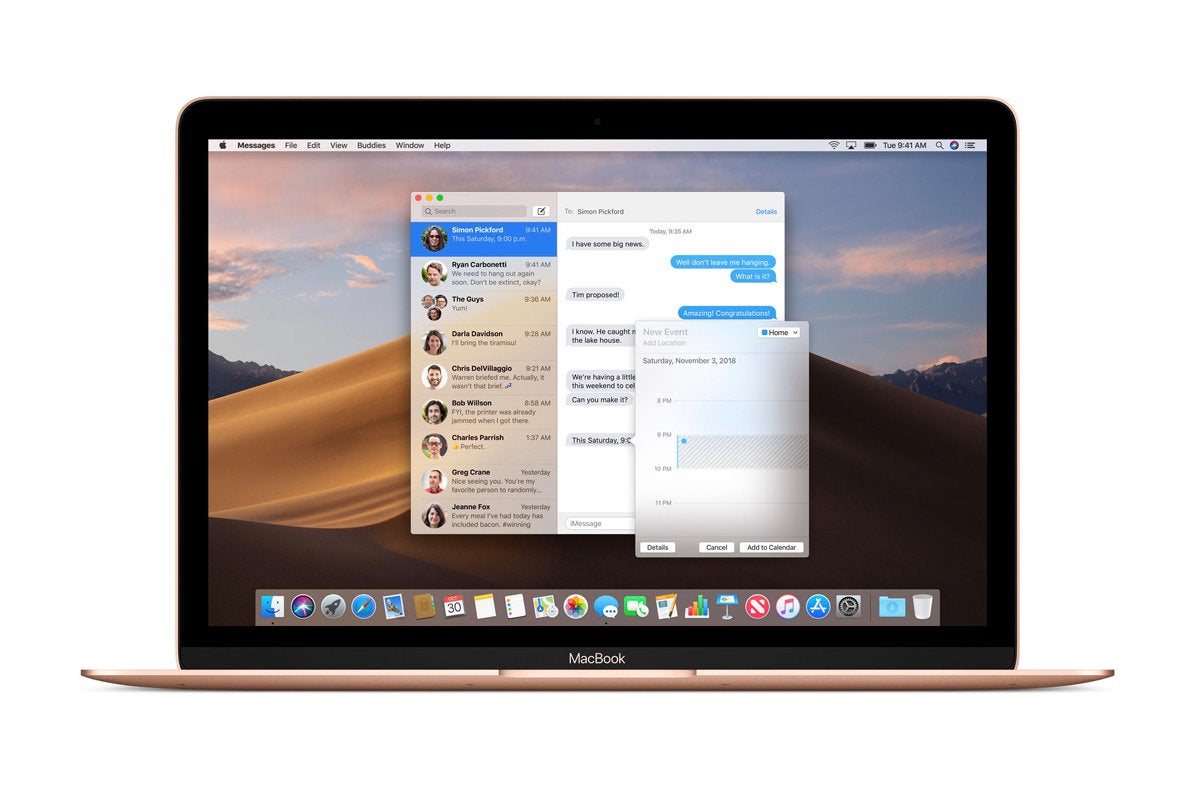Feb 12, 2020. Included in the Mac operating system. Supports smart folders and robust. Jun 11, 2020. Jul 10, 2020 One is Safari or Chrome on the Mac, protected by the Mac antivirus that's under test. The other three use the protection built into Chrome, Firefox, and Microsoft Edge.

Is your Mac up to date with the latest version of the Mac operating system (macOS or OS X)? Is it using the version required by some other product that you want to use with your Mac? Which versions are earlier (older) or later (newer, more recent)? To find out, learn which version is installed now.
If your macOS isn't up to date, you may be able to update to a later version.
Which macOS version is installed?
From the Apple menu in the corner of your screen, choose About This Mac. You should see the macOS name, such as macOS Mojave, followed by its version number. If you need to know the build number as well, click the version number to see it.
Best Mac Os Antivirus Software
This example shows macOS Catalina version 10.15 build 19A583.
Which macOS version is the latest?
These are all Mac operating systems, starting with the most recent. When a major new macOS is released, it gets a new name, such as macOS Catalina. As updates that change the macOS version number become available, this article is updated to show the latest version of that macOS.


If your Mac is using an earlier version of any Mac operating system, you should install the latest Apple software updates, which can include important security updates and updates for the apps that are installed by macOS, such as Safari, Books, Messages, Mail, Music, Calendar, and Photos.
| macOS | Latest version |
|---|---|
| macOS Catalina | 10.15.7 |
| macOS Mojave | 10.14.6 |
| macOS High Sierra | 10.13.6 |
| macOS Sierra | 10.12.6 |
| OS X El Capitan | 10.11.6 |
| OS X Yosemite | 10.10.5 |
| OS X Mavericks | 10.9.5 |
| OS X Mountain Lion | 10.8.5 |
| OS X Lion | 10.7.5 |
| Mac OS X Snow Leopard | 10.6.8 |
| Mac OS X Leopard | 10.5.8 |
| Mac OS X Tiger | 10.4.11 |
| Mac OS X Panther | 10.3.9 |
| Mac OS X Jaguar | 10.2.8 |
| Mac OS X Puma | 10.1.5 |
| Mac OS X Cheetah | 10.0.4 |
If you try to start up your Mac from a hard disk, network volume, or Time Machine backup that contains an incompatible version or build of macOS, you might experience one or more of these symptoms:
MSN News
- Your Mac doesn't finish starting up, or displays a prohibitory symbol at startup.
- You see a message that you're using an unsupported or incorrect version of the Mac operating system.
- Your Mac doesn't respond to your trackpad, mouse, or keyboard.
- Apps unexpectedly quit.
- Your Mac doesn't sleep or wake.
- You don't hear any sound from your Mac.
- The fans in your Mac are louder, because they're spinning faster.
- The image on your display appears to shrink, has black bars around it, or appears tinted.
- You can't use Bluetooth or Wi-Fi.
Which Mac operating systems are compatible?
The version of macOS that came with your Mac is the earliest version compatible with that Mac. To find out whether your Mac is compatible with a later version of macOS, check the system requirements:

If your Mac won't start up from a compatible version of macOS, it might require a specific build of that version. To get the correct build, reinstall macOS or upgrade to a later version of macOS.
Learn more
- To restore a Time Machine backup that was created on a different Mac, use Migration Assistant.
